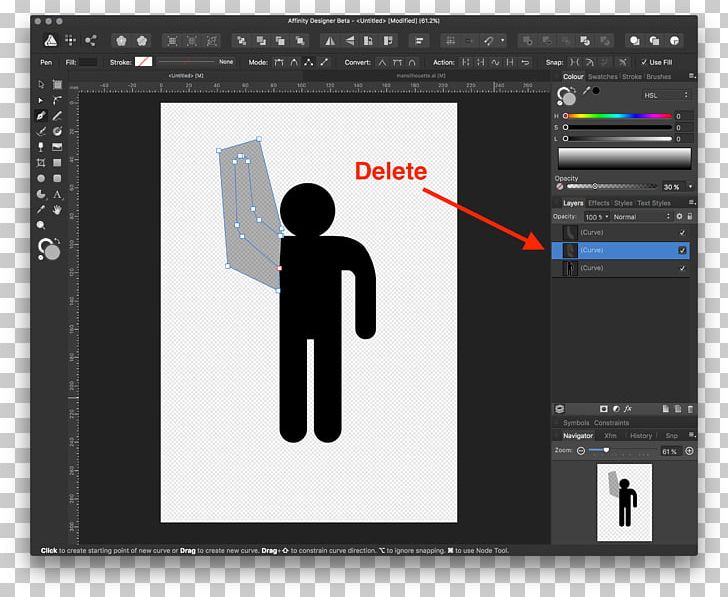

Are there any points missing? (Between two horizontal or two vertical points there should be a connecting point that is on approximately 45 angles).If you are working with letters on a slant, is the slant the same for all letters? (Sometimes not mathematically but optically).Are the proportions of all the letters the same relative to the height and weight?.Are the thicks and thins in the right places?.Check the angle of the handles-they should always be at a right angle (except the diagonal or some corner ones).Check if there are handles that are out of wack-they should never cross each other or be too long.Check if the point is in the right place-is it on the horizontal or vertical extrema?.“Change between black and white background while you work-changing the contrast often helps in seeing some problem areas and keeps your eyes fresh.” Things to check if something doesn’t look good: When you have your guides drawn, lock that layer and add one more on top.

What you see is more important and if something seems off even though it’s aligned, change it. That doesn’t mean that you have to adhere to it like crazy. The important thing is that you have some kind of measure in there to make sure that everything is approximately aligned. For the guides, I also use the Pen Tool or shapes if needed, depending on the artwork. Now you can draw out your guides on a second layer. When you are happy, lock that layer so you don’t accidentally move it. Lower the opacity of the entire first layer to a point where you can still see it but it doesn’t bother you when working. This step is only important if you do a live trace but as we are using the Pen Tool, we can skip that! Step 3: Adjust opacity You do not have to do any processing of your image. Step 2: Add your imageĪdd your image to the first layer. But since we will be working with vectors, the size of the document doesn’t really matter. Set up the file by opening up a New Document and setting the size accordingly. Please turn on JavaScript to view this video Step 1: Set up the file I recorded the entire process for my “Bonjour” piece and made a time-lapse video so you can see this entire process at work. You are about to start the vectorising process! I have used Affinity Designer, but you can go ahead and use anything that has a Pen Tool. Just be careful to take a picture as level as possible so it’s straight. You don’t have to make any other adjustments to the image.
If you used a sketchbook, a photo will be enough, and since we are tracing with the Pen Tool, the quality of the picture doesn’t matter. If you used iPad, you can just save the artwork as an image and send it to your computer. When you are done refining, you need to get that sketch into your computer.

All that matters is that the piece is balanced and that you have a rough idea of how you want it to look. Your sketch really doesn’t have to be perfect. If I’m pressed for time, I will use the iPad for this stage, but if I have a little more time I would go and take my sketchbook out and start drawing lightly, adding details as I go. At this stage you already have a pretty good idea of what you want to do, you just need to refine it.


 0 kommentar(er)
0 kommentar(er)
